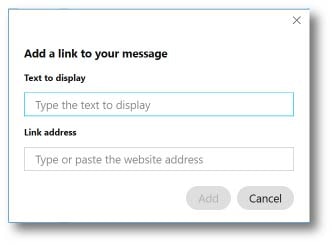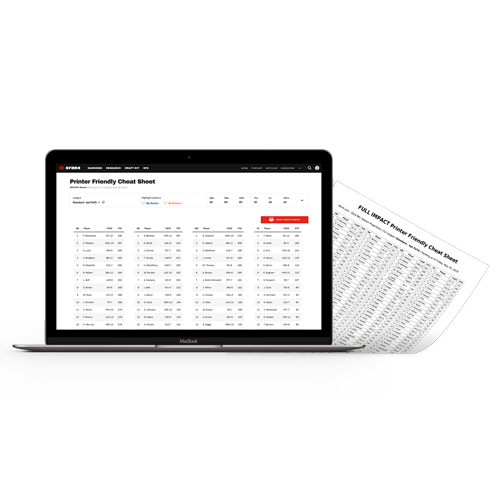

- #WEBEX TEAMS MARKDOWN INSTALL#
- #WEBEX TEAMS MARKDOWN DRIVER#
- #WEBEX TEAMS MARKDOWN WINDOWS 10#
- #WEBEX TEAMS MARKDOWN CODE#
Because The JSON body we post to WebEx is a single line, and in Markdown a header row starts with a # symbol, to avoid making the whole thing a header we will send it first. We will use 2 more Jinaj2 templates for the actual message we will send. That renders the file that looks like this Next I set up a few variables – namely the Jinja2 references, the directory for the XLSX file, and the file name.Īlso – for attachments we will declare another variable, the MultipartEncoder with the information required to attach the Learned_Platform.csv file We will get a boolean pass/fail from the Create CSV and Sent to WebEx WebEx step

Links Reference Links Artifact Links User Mentions Basic. Note: The Webex Teams Widgets code-base are also opensourced on github. with markdown, message-flagging, file-sharing, etc. Yes in this Sandbox there is only 1 device but this could scale to X devices. Markdown was created to be easy to read, easy to write, and still readable in plain text format. The Webex Teams API enables you to create an application in any language, and the community has been working on frameworks and examples to help you on this journey. Now that we have connected we can begin our Test Steps ultimately looping (for) over each device in our topology (testbed) We then setup our pyATS framework and connect ( nnect) to our topology I tell Python where to find the Jinja2 templates and setup a variable I can use later to load said templates Then for this example I will do 2 learn functions, platform and routing and see if I can transform real network state data into meaningful WebEx messages
#WEBEX TEAMS MARKDOWN CODE#
The general_functionalities are important these are object oriented code that gets reused per pyATS learn or parse library call. We setup our WebEx room and token (12 hour or bot) as variables we can call later
#WEBEX TEAMS MARKDOWN INSTALL#

We don’t need a lot to make this happen either here is everything I import I want the message to be in Markdown so I am going to use a Jinja2 template to craft the JSON we can POST with Python requests after pyATS has parsed or learned the function With the above foundational WebEx integration with pyATS and WebEx’s simplicity I thought I would integrate a few sample commands into a Merlin pyATS job for the community to see how you can send Network State data to WebEx! Thats it you are ready to connect your pyATS jobs for a job summary as a WebEx message! Adding Network State Data This will give you the JSON list – here is the Merlin Room ID The easiest way to get one of these is to go to the Documentationīut how do I get the Room / Channel / Space ID? Or, right from the browser, grab one of the 12 hour tokens This in itself is pretty handy! And all you need to do is go to the Cisco WebEx for Developers portal and either make a Bot under My Apps This looks something like this inside of WebEx:
#WEBEX TEAMS MARKDOWN DRIVER#
Generations 1 to 3 require audio driver updates. You may experience audio quality issues when using the app to make calls from some laptops: Lenovo Carbon X1, Generations 1 to 4. Workaround: Click before closing the app window. If you create the nf file as Takashi suggests and add the information it will enable the pyATS job to report the job summary into the WebEx space you provide the config file. If you close Webex App while you're on a call, the app closes, but the call doesn't end. And after a year of typeing sql or c# it is going to be awfully hard not to do that when we do switch back to MS Teams.With all the big WebEx news – including a new logo – I wanted to revisit the basic #chatbots I have working using pyATS, Python requests, and the WebEx API after the conversation came up in the #pyATS WebEx Community space today:įirst, let’s take a look at what this does, and this is not limited to Merlin any pyATS job has this capability I really wanted to specify the programming language, such as SQL, or C# or something like that. You can start typing 3 back tic marks, but immediately after the third back tic Teams editor window does into a code snippet entry mode. I tested it last Friday but wasn't too impressed.
#WEBEX TEAMS MARKDOWN WINDOWS 10#
Then I'll paste or write the rest of the code snippet and finish by ending with 3 back tic marks on the last line.Įven though we haven't used MS Teams in about a year I still have the Teams app installed on my Windows 10 Enterprise laptop. using Markdown I will start by pasking 3 back tic marks, then the language involved. When sharing a code snippet in WebEx, Slack, etc. However, there is one thing I really like to use in WebEx that I've experienced in other places such as Slack. This past week I learned that where I work they're going to go back to using Microsoft Teams from WebEx.


 0 kommentar(er)
0 kommentar(er)
